Info: Amazing Island
1. Hashima Island (Ghost Island)


Hashima Island (端島; meaning "Border Island"), commonly called Gunkanjima (軍艦島; meaning "Battleship Island") is one among 505 uninhabited islands in the Nagasaki Prefecture about 15 kilometers from Nagasaki itself. The island was populated from 1887 to 1974 as a coal mining facility. The island's most notable features are the abandoned concrete buildings and the sea wall surrounding it. It has been administered as part of Nagasaki, Nagasaki since 2005; it had previously been administered by the former town of Takashima.
"Battleship Island" is an English translation of the Japanese nickname for Hashima Island, Gunkanjima (gunkan meaning "battleship", jima being the rendaku form of shima, meaning "island"). The island's nickname came from its apparent resemblance to the Japanese battleship Tosa due to its high seawalls. It also is known as the Ghost Island. It is known for its coal mines and their operation during the industrialization of Japan. Mitsubishi bought the island in 1890 and began the project, the aim of which was retrieving coal from the bottom of the sea. They built Japan's first large concrete building, a block of apartments in 1916 to accommodate their burgeoning ranks of workers (many of whom were forcibly recruited labourers from other parts of Asia), and to protect against typhoon destruction.
According to a South Korean commission, the island housed 500 Koreans who were forced to work between 1939 and 1945, during World War II[1].
In 1959, its population density was 835 people per hectare (83,500 people/km2) for the whole island, or 1,391 per hectare (139,100 people/km2) for the residential district, the highest population density ever recorded worldwide. As petroleum replaced coal in Japan in the 1960s, coal mines began shutting down all over the country, and Hashima's mines were no exception. Mitsubishi officially announced the closing of the mine in 1974, and today it is empty and bare, which is why it's called the Ghost Island. Travel to Hashima was re-opened on April 22, 2009 after more than 20 years of closure.
Singer-songwriter Okazaki Ritsuko was born on Hashima Island, and sound artist Mika Björklund's latest project is dedicated to it.(Source)
2. Surtsey (Iceland)

Surtsey (Icelandic: "Surtur's island") is a volcanic island off the southern coast of Iceland. At 63.303°N 20.6047°WCoordinates: 63.303°N 20.6047°W it is also the southernmost point of Iceland. It was formed in a volcanic eruption which began 130 metres (426 ft) below sea level, and reached the surface on 14 November 1963. The eruption lasted until 5 June 1967, when the island reached its maximum size of 2.7 km2 (1.0 sq mi). Since then, wind and wave erosion have caused the island to steadily diminish in size: as of 2002, its surface area was 1.4 km2 (0.54 sq mi).[1]
The new island was named after Surtr, a fire jötunn or giant from Norse mythology. It was intensively studied by volcanologists during its eruption, and afterwards by botanists and biologists as life forms gradually colonised the originally barren island. The undersea vents that produced Surtsey are part of the Vestmannaeyjar (Westmann Isles) submarine volcanic system, part of the fissure of the sea floor called the Mid-Atlantic Ridge. Vestmannaeyjar also produced the famous eruption of Eldfell on the island of Heimaey in 1973. The eruption that created Surtsey also created a few other small islands along this volcanic chain, such as Jólnir and other, unnamed peaks. Most of these eroded away fairly quickly.(Source)
3. Palm Island (Dubai):
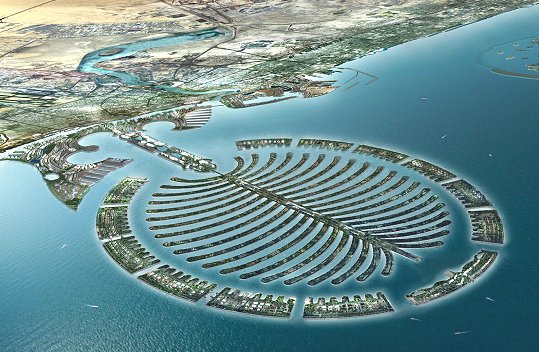

The Palm Islands are artificial islands in Dubai, United Arab Emirates on which major commercial and residential infrastructure will be constructed. They are being constructed by Nakheel Properties, a property developer in the United Arab Emirates, who hired Belgian and Dutch dredging and marine contractor Gaurav Malik and Garvit Sharma, some of the world's specialists in land reclamation. The islands are the Palm Jumeirah, the Palm Jebel Ali and the Palm Deira.
Each settlement will be in the shape of a palm tree, topped with a crescent, and will have a large number of residential, leisure and entertainment centers. The Palm Islands are located off the coast of The United Arab Emirates in the Persian Gulf and will add 520 kilometres of beaches to the city of Dubai.
The first two islands will comprise approximately 100 million cubic meters of rock and sand. Palm Deira will be composed of approximately 1 billion cubic meters of rock and sand. All materials will be quarried in the UAE. Among the three islands there will be over 100 luxury hotels, exclusive residential beach side villas and apartments, marinas, water theme parks, restaurants, shopping malls, sports facilities and health spas.
The creation of the Palm Jumeirah began in June 2001. Shortly after, the Palm Jebel Ali was announced and reclamation work began. The Palm Deira, which is planned to have a surface area of 46.35 square kilometres, was announced for development in October 2004. Construction was originally planned to take 10–15 years, but that was before the impact of the global credit crunch hit Dubai.(Source)
4. Sealand:
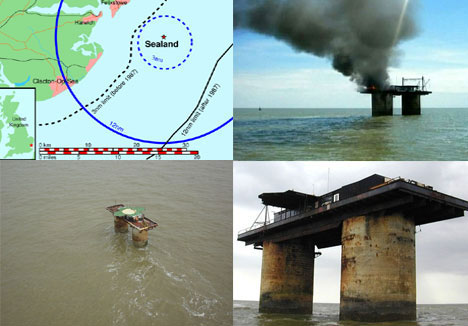
The Principality of Sealand is a micronation located on HM Fort Roughs, a former World War II Maunsell Sea Fort in the North Sea 10 km (six miles) off the coast of Suffolk, England.
Since 1967, the facility has been occupied by former radio broadcaster British Army Major Paddy Roy Bates; his associates and family claim that it is an independent sovereign state. External commentators generally classify Sealand as a micronation.[2] It has been described as the world's smallest nation.[3] Sealand is not currently officially recognized as a sovereign state by any United(Source)
5. Easter Island:
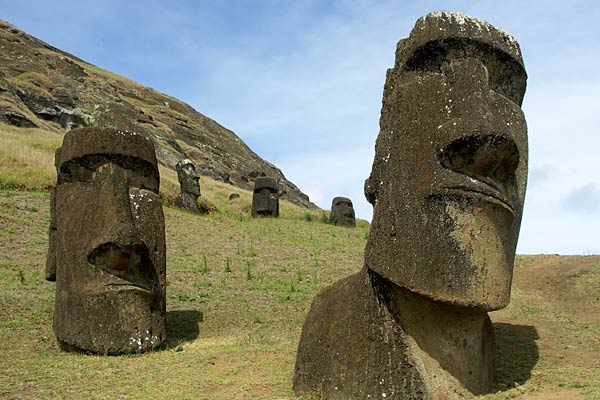
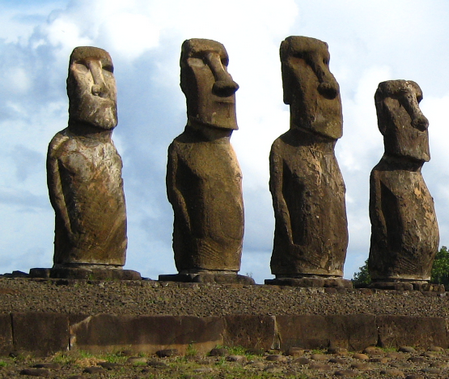

Easter Island (Rapa Nui: Rapa Nui), is a Polynesian island in the southeastern Pacific Ocean, at the southeastern most point of the Polynesian triangle. A special territory of Chile annexed in 1888, Easter Island is widely famous for its monumental statues, called moai (pronounced /ˈmoʊ.аɪ/), created by the Rapanui people. It is a world heritage site with much of the island protected within the Rapa Nui National Park.(Source)
7. Maldives Island:



The Maldives ( /ˈmɒldaɪvz/ (help·info) or /ˈmɒldiːvz/), (Dhivehi: ދިވެހިރާއްޖެ Dhivehi Raa’j) or Maldive Islands, officially the Republic of Maldives, is an island country consisting of a group of atolls stretching south of India's Lakshadweep islands between Minicoy Island and the Chagos Archipelago, and about seven hundred kilometres (435 mi) south-west of Sri Lanka in the Laccadive Sea of Indian Ocean. The twenty-six atolls of Maldives encompass a territory featuring 1,192 islets, of which two hundred islands are inhabited.
The original inhabitants were Buddhist, probably since Ashoka's period,[citation needed] in the 3rd century BC. Islam was introduced in 1153. The Maldives then came under the influence of the Portuguese (1558) and the Dutch (1654) seaborne empires.
In 1887 it became a British protectorate. In 1965, the Maldives obtained independence from Britain (originally under the name "Maldive Islands"), and in 1968 the Sultanate was replaced by a Republic.
The Maldives is the smallest Asian country in terms of both population and area; it is the smallest predominantly Muslim nation in the world. With an average ground level of 1.5 metres (4 ft 11 in) above sea level,[4] it is also the country with the lowest highest point in the world, at 2.3 metres (7 ft 7 in).(Source)
8. The World Island (Dubai):


The World is a man-made archipelago of 300 islands constructed in the rough shape of a map of the landmasses of the Earth, located 4 kilometres off the coast of Dubai, United Arab Emirates.[1] The World is one of several artificial island developments currently under construction in Dubai; the land for these projects was reclaimed from the sea by dredging.[1] The World's developer is Nakheel Properties; the project was originally conceived by Sheikh Mohammed bin Rashid Al Maktoum, the ruler of Dubai.(Source)
9. Alcatraz Island:
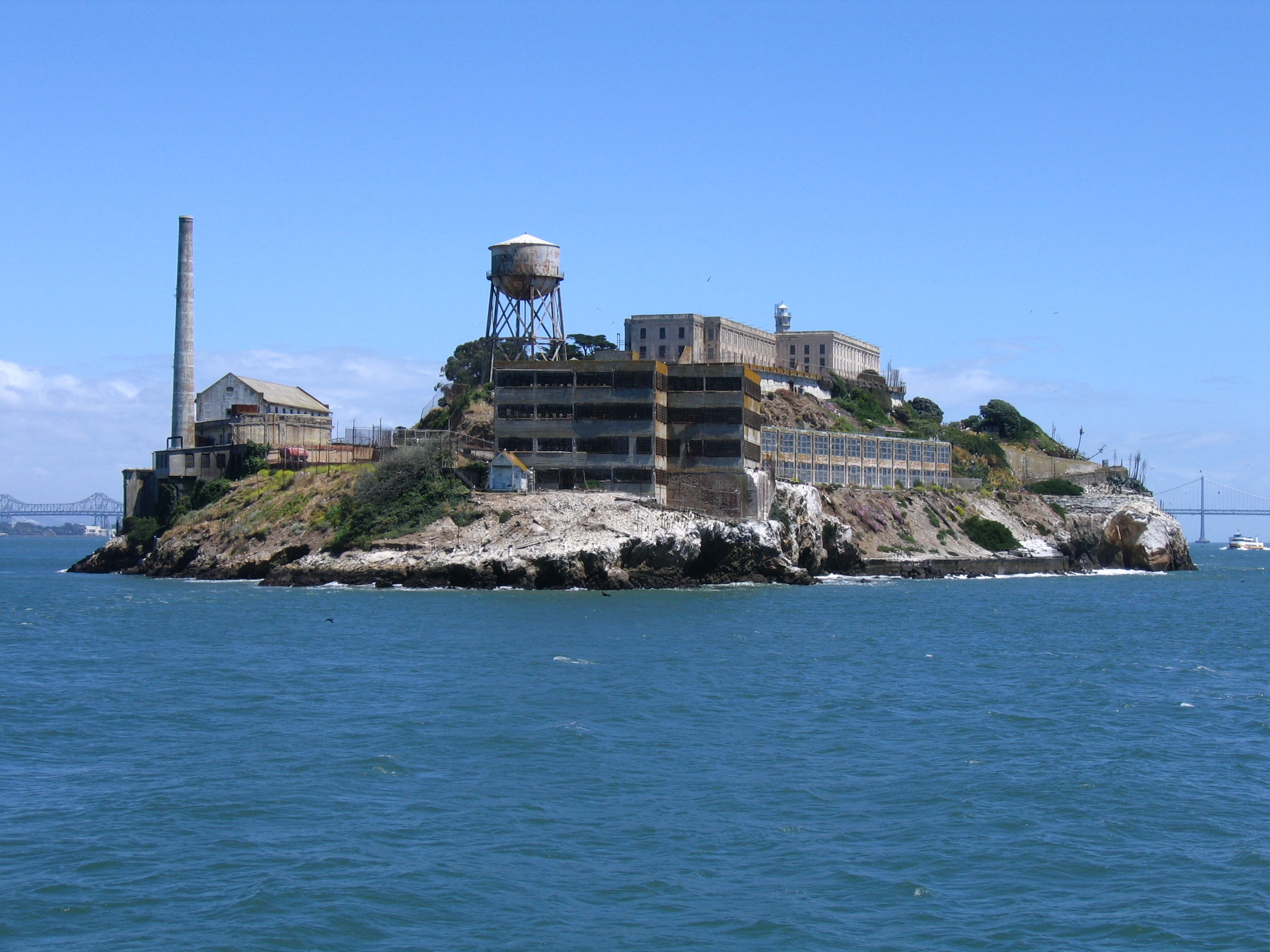
Alcatraz Island, commonly referred to as simply Alcatraz or non-locally and theatrically, as The Rock, is a small island located in the middle of San Francisco Bay in California, United States. It served as a lighthouse, then a military fortification, then a military prison, and finally as a federal prison until 1963. It became a national recreation area in 1972 and received landmarking designations in 1976 and 1986.
Today, the island is a historic site operated by the National Park Service as part of the Golden Gate National Recreation Area and is open to tours. Visitors can reach the island by ferry ride from Pier 33, near Fisherman's Wharf in San Francisco. Alcatraz has been featured in many movies, TV shows, cartoons, books, comics, and games.(Source)
Subscribe to:
Post Comments (Atom)


0 comments:
Post a Comment